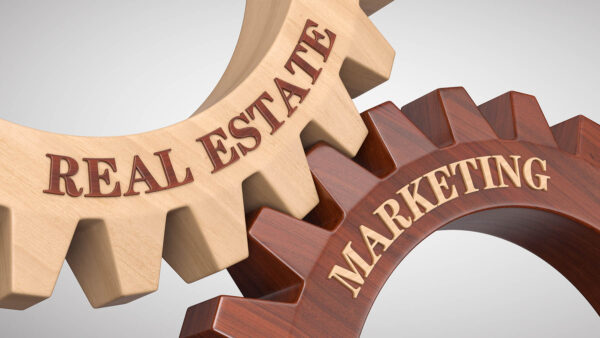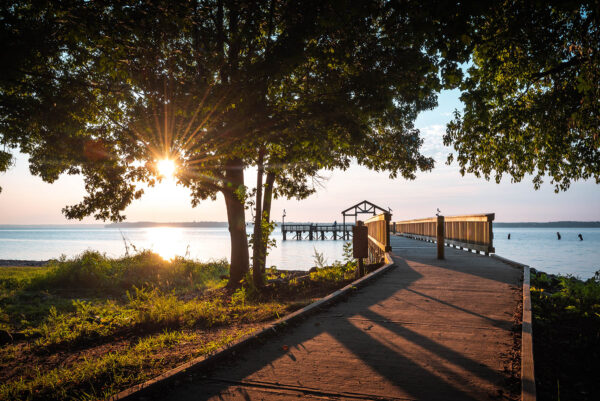Sustainable development has emerged as a driving force in the real estate industry, reshaping the way properties are designed, constructed, and managed. In this article, we’ll explore the concept of sustainable development in real estate and how it is paving the way for a greener, more environmentally conscious future.
Understanding Sustainable Development
A Holistic Approach
Sustainable development in real estate goes beyond eco-friendly construction; it encompasses a holistic approach to creating environmentally responsible and resource-efficient communities. It strives to balance economic, environmental, and social considerations, integrating sustainable practices that enhance the quality of life and minimize ecological impact. This comprehensive strategy ensures that developments are not only viable but also beneficial for future generations.
The Triple Bottom Line
Sustainable development adheres to the “triple bottom line” concept, which evaluates success not only in economic terms but also in environmental and social terms. This approach seeks to maximize positive impacts while minimizing negative ones, creating a framework that supports long-term sustainability in the real estate sector. By focusing on these three pillars, developers can create projects that are truly sustainable, catering to the needs of the environment, the economy, and society.
Sustainable Design and Construction
Green Building Standards
Sustainable development starts with green building standards. Certifications like LEED (Leadership in Energy and Environmental Design) and BREEAM (Building Research Establishment Environmental Assessment Method) set the bar for environmentally friendly construction practices. These standards encourage the adoption of sustainable building techniques that significantly reduce carbon footprints, improve energy efficiency, and promote the use of renewable resources.
Energy Efficiency
Energy-efficient design is a cornerstone of sustainable development. Features like LED lighting, energy-efficient HVAC systems, and smart building controls are fundamental in reducing energy consumption and lowering operating costs. These technologies not only make buildings more sustainable but also offer long-term savings to property owners and tenants, making sustainable buildings more attractive investment opportunities.
Renewable Energy Integration
Incorporating renewable energy sources such as solar panels, wind turbines, and geothermal systems into real estate projects reduces reliance on fossil fuels and decreases carbon footprints. This integration supports the global shift towards sustainable energy solutions and helps buildings achieve energy independence, further solidifying the role of sustainable development in modern real estate.
Eco-Friendly Materials For Sustainable Development
Sustainable Sourcing
Sustainable development places a strong emphasis on the use of eco-friendly materials. This includes responsibly sourced wood, recycled building materials, and low-impact products to minimize the environmental impact of construction. By choosing materials that are both sustainable and durable, developers can significantly reduce the negative environmental impact associated with building and maintaining properties.
Green Roofs and Living Walls
Green roofs and living walls not only enhance the aesthetics of a property but also provide insulation, reduce stormwater runoff, and support biodiversity. These features transform buildings into living parts of their environments, contributing to urban greenery and improving the overall ecological health of their surroundings.
Efficient Resource Management
Water Conservation
Sustainable development promotes water conservation through low-flow fixtures, rainwater harvesting systems, and drought-resistant landscaping. These measures are essential in managing water resources wisely and reducing the overall water footprint of developments, which is particularly crucial in areas facing water scarcity.
Waste Reduction
Minimizing construction waste is a key component of sustainable development. Recycling and reusing materials, as well as implementing waste reduction strategies, are critical in lowering the environmental impact of construction projects. Effective waste management not only helps conserve natural resources but also reduces landfill use and encourages a circular economy.
Social Sustainability
Community Engagement
Sustainable development involves engaging with local communities to address their needs and concerns. This fosters a sense of belonging and ensures that real estate projects benefit the broader community. Effective community engagement can lead to developments that are better suited to the needs of local residents and that enhance community welfare.
Affordable Housing
Creating affordable and inclusive housing options is a vital aspect of social sustainability. Sustainable developments aim to provide housing that meets the needs of diverse income groups, thereby ensuring that all community members have access to safe, affordable, and sustainable living conditions.
Benefits of Sustainable Development
Environmental Benefits
Sustainable development reduces carbon emissions, conserves natural resources, and protects ecosystems. It contributes to a healthier planet by mitigating the impact of climate change and fostering an environment that supports both human and ecological health.
Economic Advantages
Energy-efficient buildings often have lower operating costs, making them financially attractive to owners and tenants. Sustainable properties also tend to have higher resale values, reflecting the growing demand for eco-friendly living spaces. Additionally, sustainable development can lead to cost savings in energy, water, and maintenance, making these properties economically viable in the long run.
Enhanced Quality of Life
Sustainable communities prioritize green spaces, walkability, and access to public transportation. These factors enhance the quality of life for residents and promote well-being. By integrating these elements, sustainable development not only improves individual lifestyles but also contributes to the creation of vibrant, healthy communities.
Conclusion: Shaping a Greener Future
Sustainable development in real estate is not just a trend; it’s a fundamental shift in the industry’s approach to building and living. As environmental concerns grow, so does the demand for sustainable properties. Real estate professionals, investors, and developers who embrace sustainable development are not only contributing to a greener future but also positioning themselves for success in an evolving market. By prioritizing environmental responsibility, economic viability, and social equity, sustainable development is leading the way toward a more sustainable and prosperous real estate industry.





